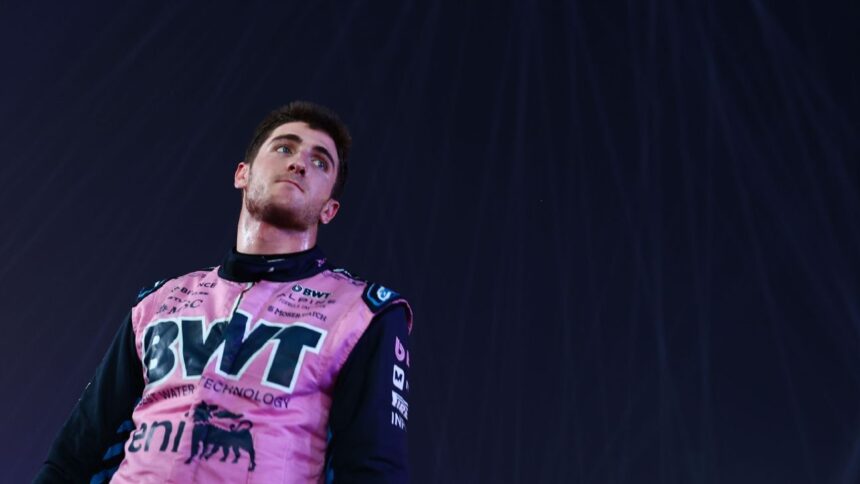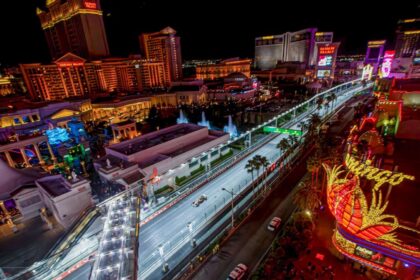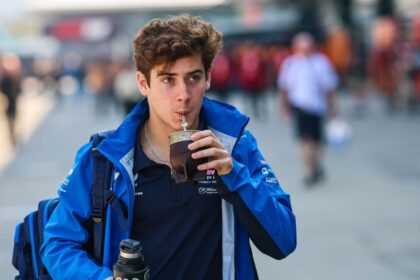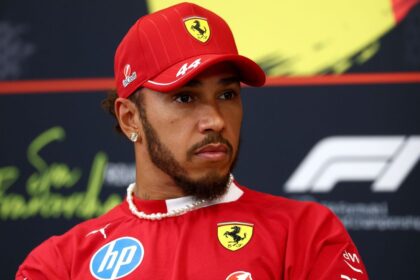Briatore Returns to Alpine’s Command: Stability or Chaos?
The return of Flavio Briatore to the management of Alpine has generated a whirlwind of changes in the Formula 1 team. Following the announcement of his incorporation last June, as an executive advisor, his influence has extended to all areas of the team, from the decision to abandon the engine program for 2026 to the recent modification of the driver lineup.
The departure of team director, Oliver Oakes, has consolidated Briatore’s control, who now takes the reins of Alpine, marking a new chapter in the team’s history.
Briatore’s return, known for his successful past in the team, was always destined to be controversial. His past includes a FIA sanction in 2009 for his participation in the “Crashgate” of the 2008 Singapore Grand Prix, although it was later revoked by the French courts.
With Oakes’ resignation, apparently for personal reasons, Briatore will resume the daily management of the team from Enstone. With Pierre Gasly and Franco Colapinto as drivers, the 75-year-old Italian is in control, backed by Renault CEO Luca de Meo.
The future of Alpine is uncertain. Briatore’s management style could generate short-term results, but the team’s long-term prospects are uncertain.
Colapinto Replaces Doohan
The recent changes at Alpine do not surprise those who remember Briatore’s golden era in the mid-2000s. In 2004, as Renault’s director, he fired Jarno Trulli after the Italian driver failed to score points in five consecutive races.
On this occasion, rookie Jack Doohan had seven races to prove his worth, while Colapinto will have five opportunities.
Although Doohan could return, the support from sponsors that Colapinto brings and the timing of the change suggest that the Argentinian would need a very poor performance to lose his place before the British Grand Prix.
Doohan’s performance has been discreet, without points and with a best result in the Bahrain Grand Prix, where he was in the top 10 for much of the race. In addition, he had incidents in Australia, China and Japan, which could have influenced Alpine’s decision.
In his favor, Doohan has shown a respectable pace in qualifying, with an average difference of 0.314 seconds compared to his teammate Gasly. In Miami, he outperformed Gasly in qualifying, showing the expected progress of a rookie.
The pressure on Doohan has been high since Briatore signed Colapinto in January. Before the pre-season tests, the Australian faced doubts about his future.
Although Alpine supported Doohan, Oakes did not rule out a driver change at the start of the season. Rumors about the arrival of Colapinto, backed by Williams, were constant.
James Vowles, Williams’ director, explained that he released Colapinto to give him the opportunity to compete in F1 in 2025 or 2026.
The future of Doohan, the only driver from the Alpine academy to reach a race seat, seems uncertain.
What Awaits Alpine?
Alpine’s current situation is consistent with its recent history. Since its return as a team in 2016, it has not surpassed fourth place in constructors and has only won one race. Furthermore, it allowed Oscar Piastri, now at McLaren, to leave its academy in 2022.
The instability in the management is evident, with numerous changes in recent years, including the departure of CEO Laurent Rossi and team principal Otmar Szafnauer. Bruno Famin took over on an interim basis and was then appointed director, but he also resigned.
Renault’s decision to abandon its engine program in 2026 and use Mercedes power units, in consultation with Briatore, will mark the end of 49 years as an engine manufacturer in F1.
Oakes replaced Famin, and Doohan’s appointment was one of his first announcements. However, Briatore’s influence always seemed to condition his power.

Jakub Porzycki/NurPhoto via Getty Images
After Alpine did not comment on Oakes’ departure, Briatore and Alpine denied on social media any disagreement. Briatore claimed that Oakes’ decision was not due to differences, and Oakes stated that it was a personal decision and that Briatore had supported him.
Alpine’s unrealized potential is a great frustration. Despite the changes, there is a dedicated team in Enstone that could have achieved more with stable leadership.
The switch to Mercedes engines could improve performance in 2026, but to take advantage of that opportunity, the team needs stability.
Time will tell if the Briatore era will bring that stability or more changes.










